We love our video games to death, so much so that we’re willing to stretch ourselves to buy overpriced GPUs, additional consoles, and way more powerful hardware than we really need, simply to make games look pretty and smooth. What we also love doing (almost as much) is ranting about the things that are wrong with the gaming industry.
Whether you’re a seasoned veteran or a newbie in the world of video games, you’ll probably have at least one pet peeve that you wish would disappear overnight. While that might not happen, what we can do is rant some more about the worst trends in the gaming industry that should become a thing of the past in 2025.

Related
5 disappointing PC hardware realities that just won’t change
For seasoned members of the PC community, some harsh realities haven’t changed in a long time
7
Mandatory launchers and accounts for every game
How many launchers must we have?
I don’t think anyone is unaware of the absurd number of launchers the average gamer needs to care about in 2025. There used to be a time when having Steam on your gaming PC was enough to buy and run every game you owned (and an even older time when you only needed the game disc, but I digress). Today, Steam and Epic Games Launcher aren’t enough, you might also need Ubisoft Connect, Battle.net, the Xbox app, the EA app, and even GOG Galaxy and the Itch.io app.
Besides adding to the bloat on your PC and being buggy middleware half the time, these launchers are downright annoying whenever you carve out some time to just sit down and play a game. The more games you have on your PC, the more launchers you’ll need to contend with. And things don’t end there — every gaming company wants you to create a new account to access their games, all in order to collect precious data on you.
I loathe mandatory accounts whose passwords I need to remember, which flood my inbox with spam, and add to the overall hassle that PC gaming has now become. Companies want to keep gamers on their own launchers to save the revenue they would otherwise have to share with Steam, and also to upsell you more games than you ever needed or would be genuinely interested in. Bethesda shut down its launcher in 2022 in a welcome move, but gamers need other companies to follow suit, or at least attempt to.
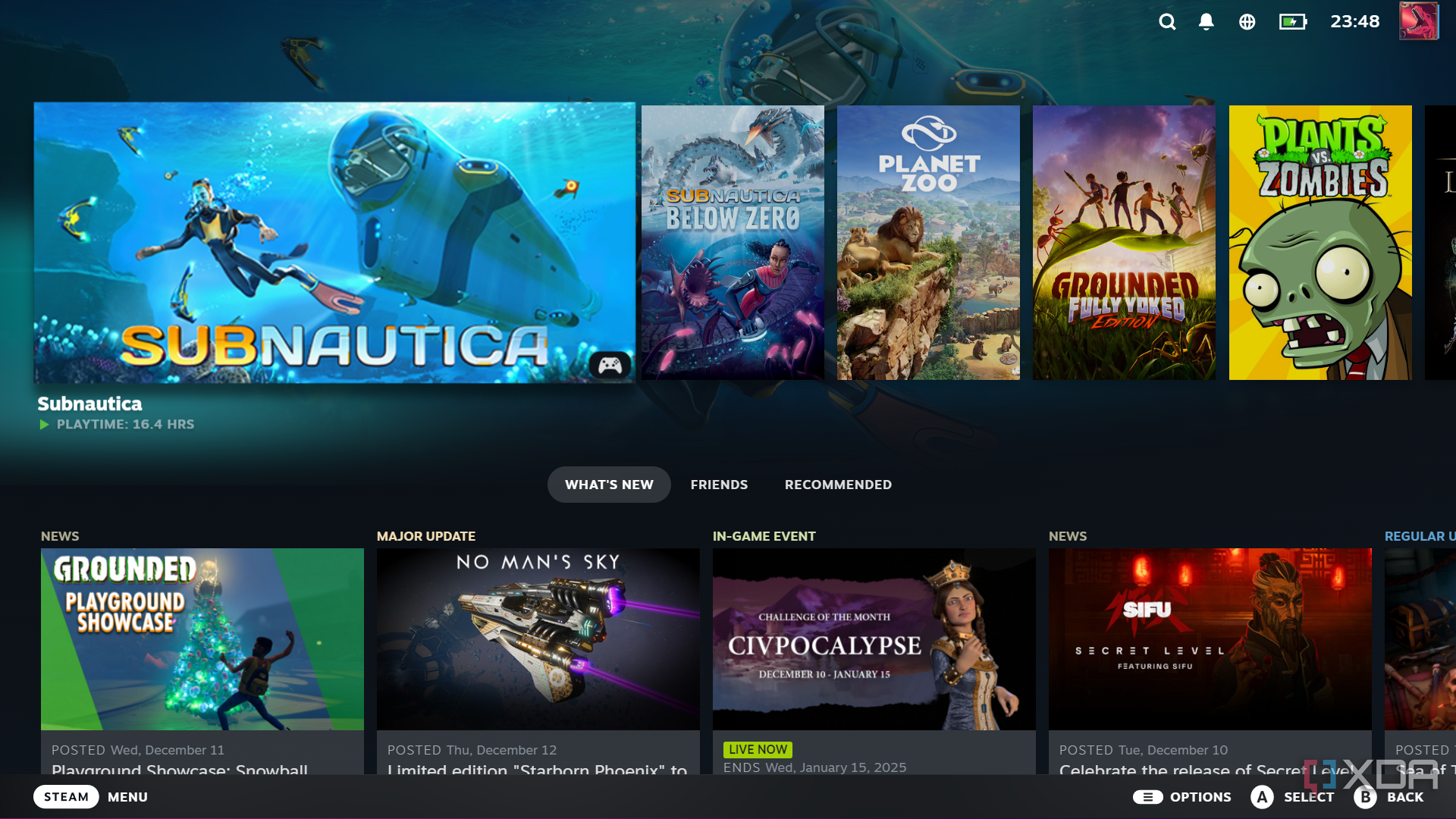
Related
5 features to make your Steam experience even better
Use these 5 features to improve the overall look and feel of Steam
6
Blatant anti-consumer policies
Corporates gonna corporate
I’m not one to pretend that video games are pure pursuits of artistic expression, unencumbered by the grim realities of economics and shareholder interests. The corporatization of video game publishers and studios has given rise to many profit-focused tactics and policies at the cost of creativity, innovation, and player interest.
Adding DRM systems like Denuvo to games long after the launch window, sometimes years later, is never a good look. It not only does little to prevent piracy at that stage, but tanks the performance for the majority of gamers. Then there is the mandatory PSN account linking fiasco by Sony that caused widespread uproar among PC gamers during the launch of Helldivers 2, as players in 177 countries (where PSN doesn’t work) were locked out even after buying the game.
Sony backtracked on its decision, but the whole story left a bad taste in gamers’ mouths, making it abundantly clear where the priorities of the industry lie. Many games still require an active internet connection, even for their single-player components. And I haven’t even gotten into the rabbit hole of games randomly being delisted from online stores, locking them away from gamers who’d already paid for them.
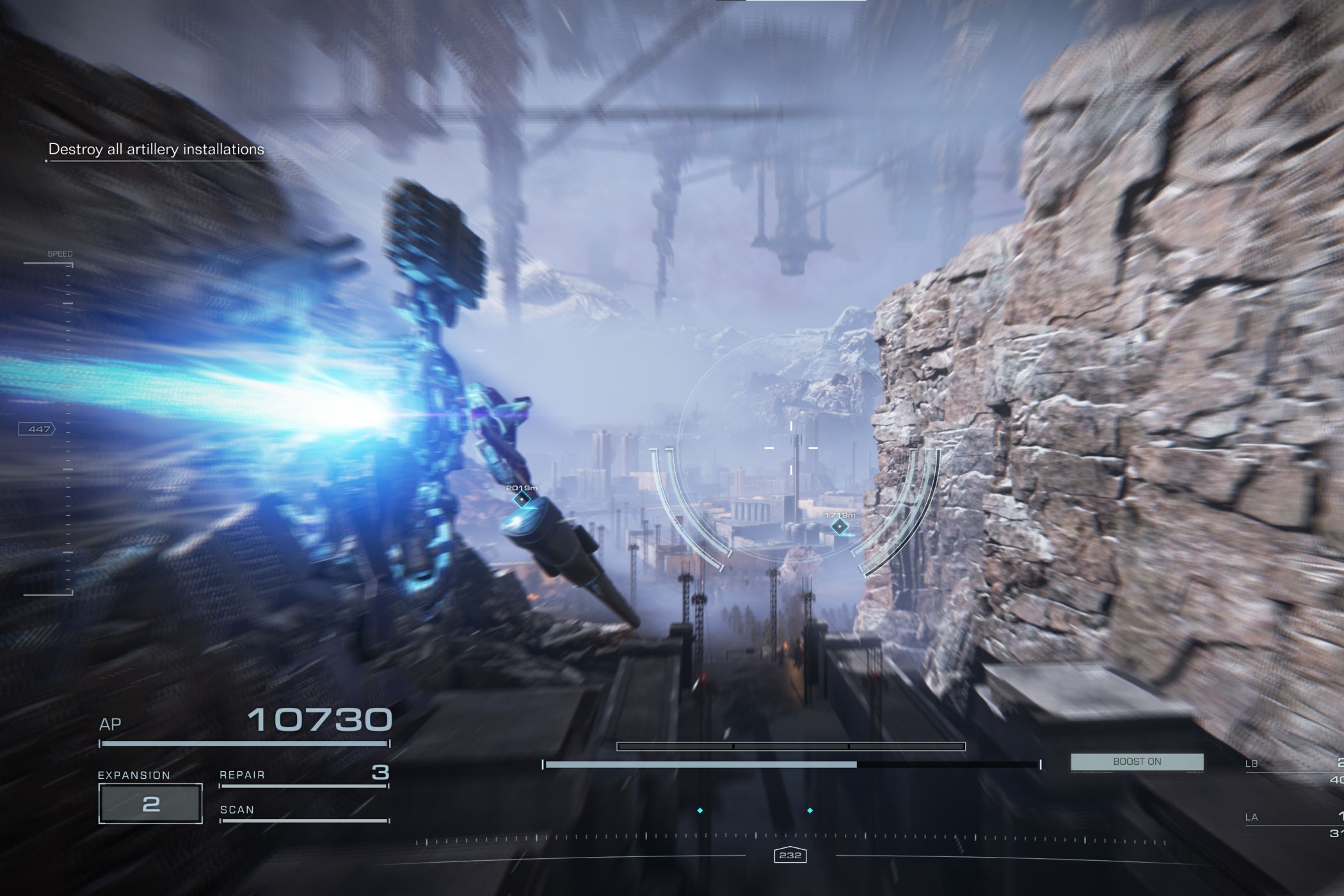
Related
5 useless settings I always disable in games
Here’s a collection of in-game options and settings that I always turn off to avoid degrading my visual experience.
5
Overly expensive microtransactions
There’s no limit to greed
In an ideal world, microtransactions wouldn’t be a thing. Every skin, character, car, upgrade, boost, and even loot box would be unlockable with in-game progression rather than with real money. Unfortunately, we don’t live in that world. Microtransactions are a key source of revenue for publishers, especially in free-to-play games. Selling in-game currency to players for real money to buy battle passes in such games can be justified, to an extent.
What can’t be justified are microtransactions in full-price games for which gamers already pay $60-$70 to own. Once I’ve paid for a game, I don’t expect the developer to lock extra content behind a paywall, and demand a decent chunk of change for every “content drop,” “expansion,” and new “season.” These microtransactions can get pretty expensive and add up over time, sometimes costing more than the base game itself.
It’s high time we started calling them “macrotransactions” with the goal to convince gamers that they aren’t mainstream or even acceptable. Game companies often prey on young gamers spending their parents’ money for the bulk of their microtransaction revenue, and as long as that section of gamers considers this normal, nothing will change.

Related
10 indie games you should play at least once in your life
Indie titles are a goldmine of unforgettable gaming experiences. Here are 10 must-play indie games for everyone
4
Ship today, fix tomorrow
Broken AAA games have become the norm
The state of optimization of PC games in recent years has been talked about ad nauseum, so much so that a new game running reasonably well tends to be one of its top pros. Intentionally or not, developers have become overly reliant on patching a game post-launch rather than releasing it in a working state in the first place. We’ve seen countless examples of this happen again and again — Cyberpunk 2077, Gotham Knights, Assassin’s Creed Unity, Hogwarts Legacy, Battlefield 2042, Star Wars Jedi: Survivor, and The Last of Us Part I are the biggest examples.
Optimizing a game to run at playable framerates on a variety of hardware isn’t an easy task, but the results in the last few years have been especially bad. Paying $60-$70 for a big-budget behemoth of a game, and then waiting for weeks for it to be patched is hardly the experience one expects, that too on a high-end gaming PC. Shrinking development cycles, overly optimistic release dates, and porting issues play a part, but publishers and developers need to get their act together in 2025, and focus on releasing finished titles.
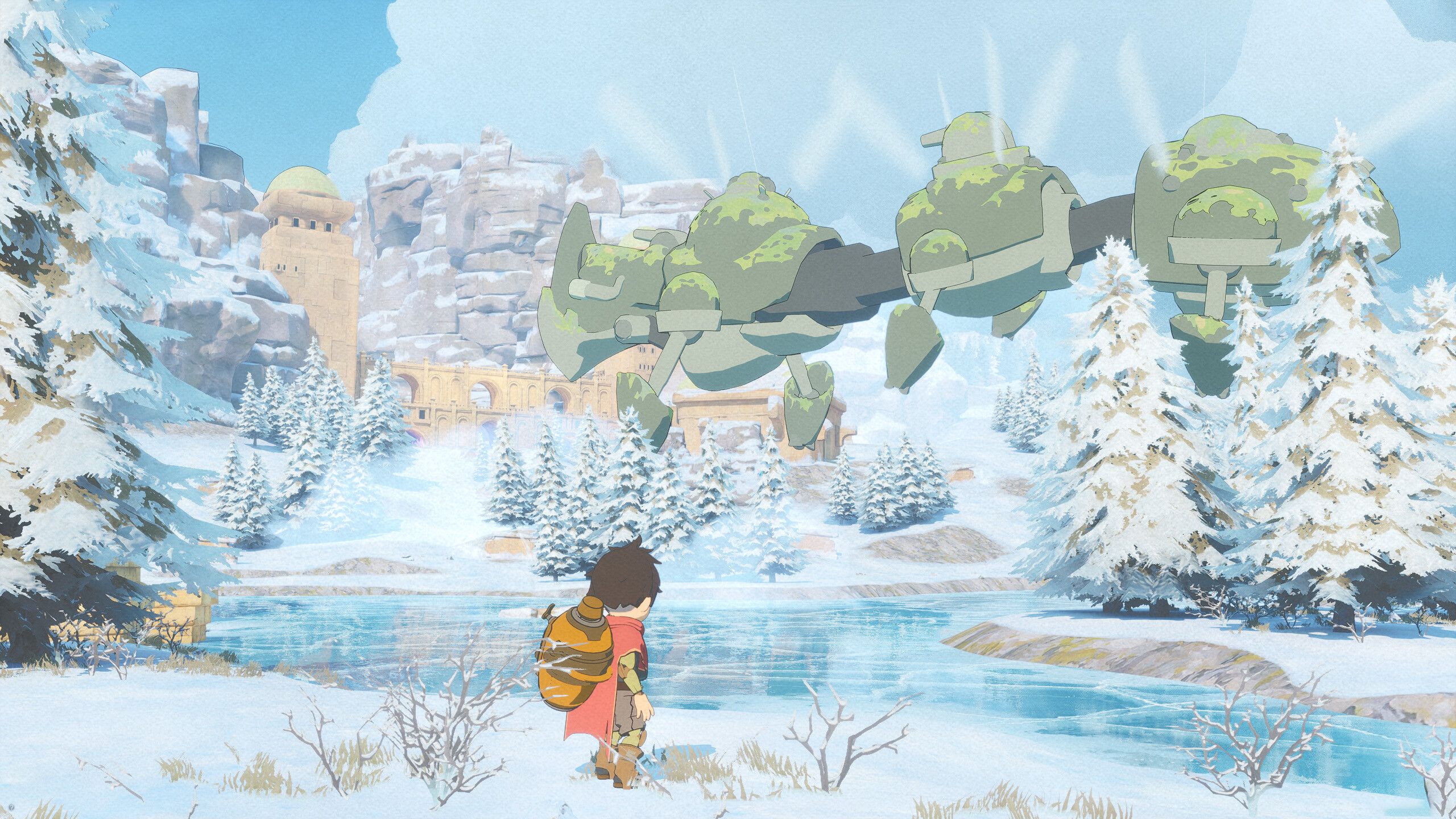
Related
10 best underrated games to play in 2025 instead of broken AAA titles
Disappointed with broken AAA games? Start your new year with these underrated indie gems
3
Empty open worlds
I’d prefer a linear world done right
The promise of exploring a rich open world filled with unexpected discoveries is one of the most enticing aspects of playing a new game, but modern open worlds rarely feel like they should. Instead, they appear to be lifeless husks populated by vast, uninspiring locales, dull NPCs, and repetitive fetch quests. Games like Mass Effect: Andromeda, No Man’s Sky (at launch), Ghost Recon Breakpoint, Forspoken, and Halo Infinite suffered from dry open worlds that felt repetitive.
While many game series shift from linear levels to open worlds in later installments just for the sake of it, others focus on beautifying the world without thoughtfully adding exciting stuff for players to discover. Sometimes, navigating the world becomes a chore, while other open worlds end up becoming only a backdrop to the core narrative. Developers should utilize open worlds only when the game’s story and gameplay demands it, and not try to adjust the game to the limitations of a vast landscape.

Related
10 brilliant PC games you can enjoy without a graphics card
Don’t have a graphics card? Don’t worry, you can enjoy these iconic games on integrated graphics
2
Excess of remakes and remasters instead of new IPs
At what point is it too much?
I enjoy a great remake as much as the next guy. Hell, one of my favorite games of 2023 is the Dead Space remake, and I’m planning to finally play the 2024 Silent Hill 2 remake next. However, for every Resident Evil 4 remake, there’s a needless Crysis Remastered. Naughty Dog’s excellent The Last of Us Part I was a remake that did little to improve upon the 2014 remaster. And Dark Souls Remastered might have been a welcome addition on consoles, but felt redundant on PC.
Even remasters that launched to much fanfare, such as Grand Theft Auto: The Trilogy – The Definitive Edition, suffered from bugs and launch issues, with many players considering it a downgrade. Skyrim’s multiple reincarnations have been panned by fans and the general player base alike. The gaming industry has given us some landmark new games in the past few years, but many more titles have failed spectacularly. Perhaps that’s what has pushed publishers to return to their past hits instead of working on new ideas.
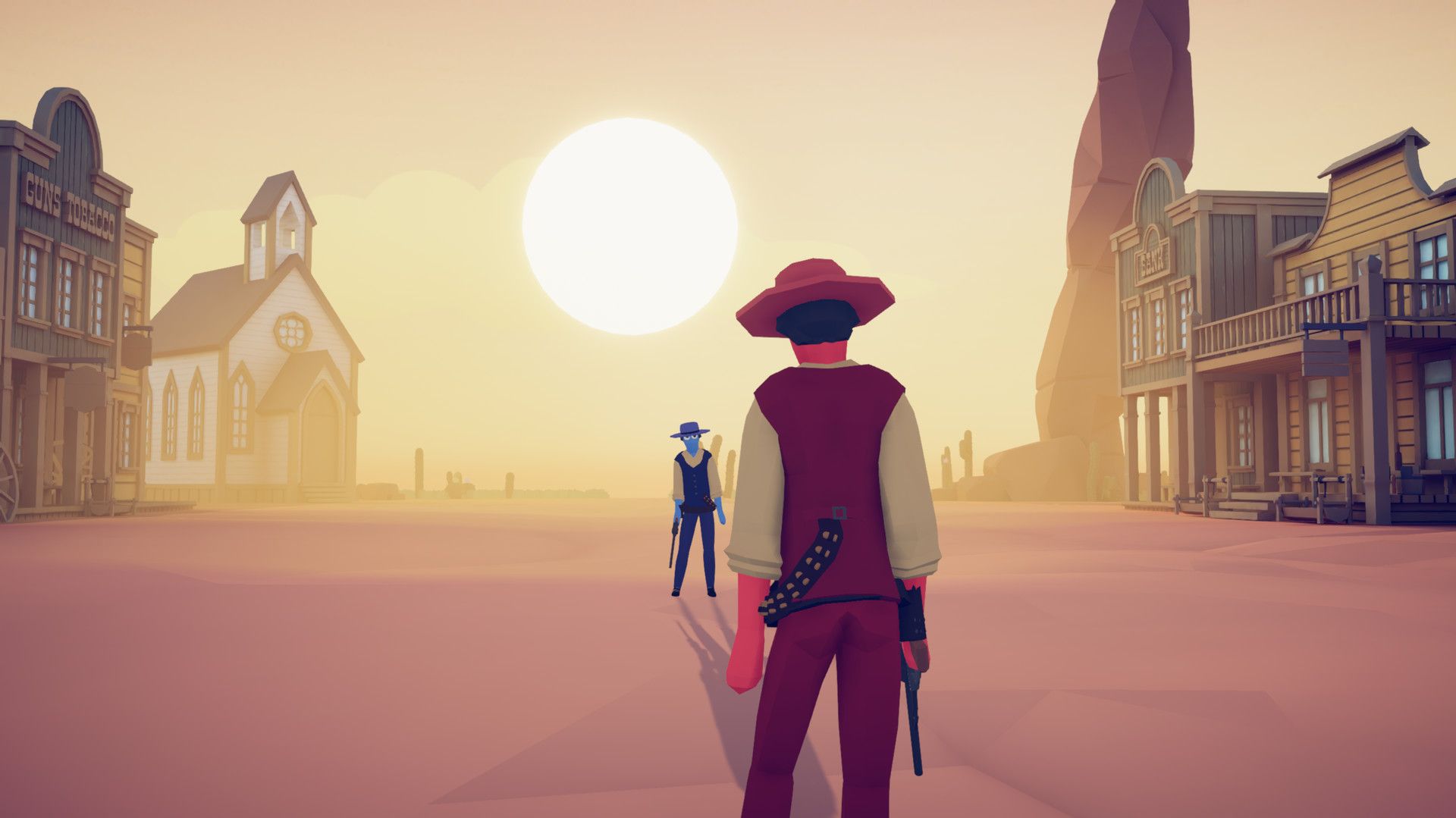
Related
10 indie games on Steam that deserve your attention
Steam’s indie games library is a jackpot of hidden gems. From farming in Stardew Valley to chaos in TABS, here are 10 you shouldn’t skip
1
Chasing realistic graphics instead of artistic brilliance
The soulless rush to create the next “next-gen” game
Photorealism is instrumental in immersing the player into the story a game is trying to tell. When realistic graphics become the sole focus, however, overshadowing the core elements of a good game, that’s when things start to get problematic. It seems many developers are trying to create the next Crysis, Cyberpunk 2077, or Alan Wake 2 that can bring the best gaming PCs to their knees, but don’t consider the gameplay, story, innovative mechanics, and performance equally important.
Games like the Callisto Protocol, Anthem, and Forspoken are just a few of many examples where “pretty visuals” were the only thing worth mentioning. Similarly, Battlefield 2042 and Gotham Knights failed to satisfy gamers or meet sales expectations due to performance issues, poor gameplay, and questionable design choices. They sure looked good, but that alone isn’t enough to create an enjoyable, deep, and memorable game.
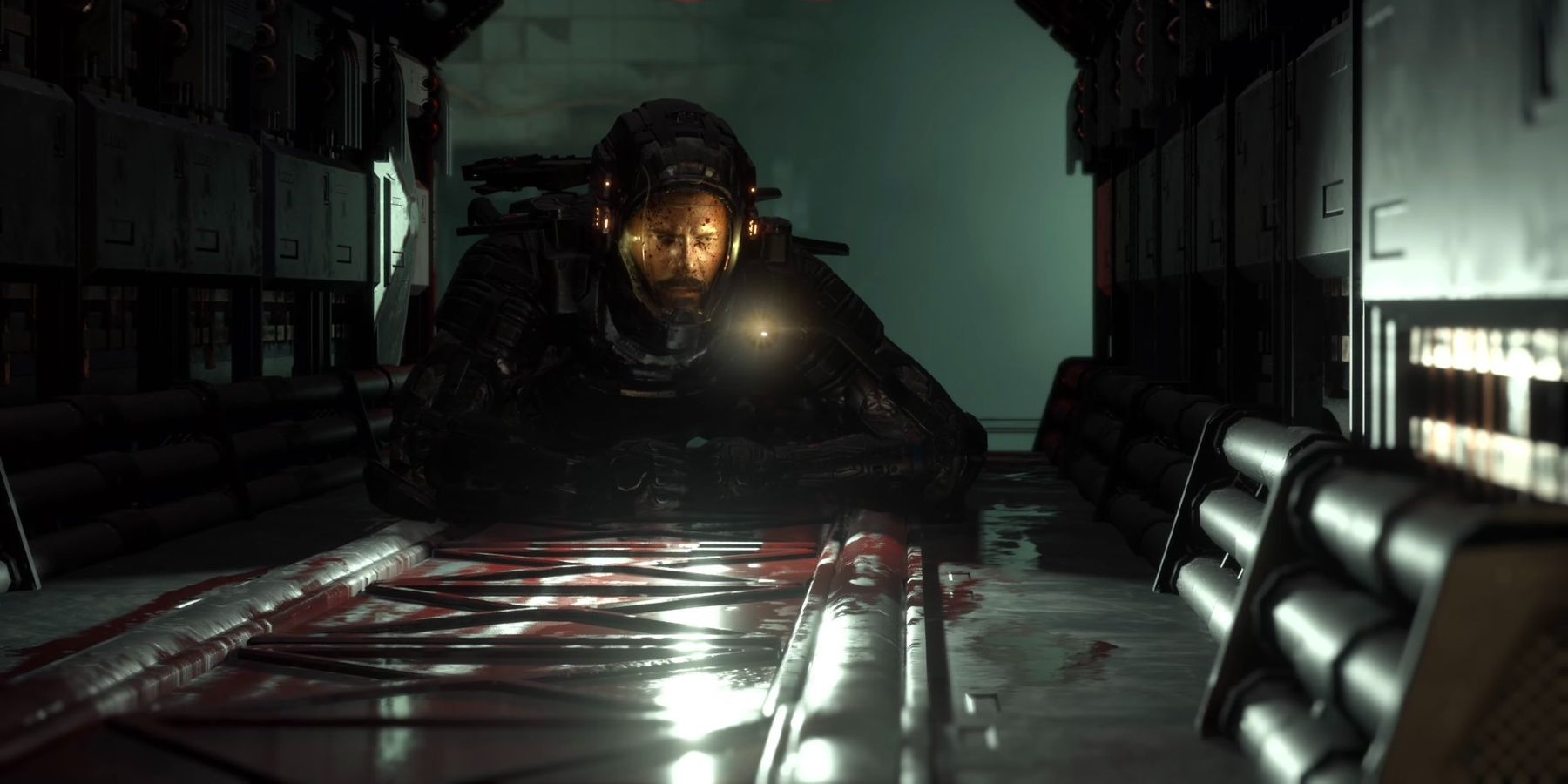
Related
5 reasons realistic graphics aren’t enough to sell games anymore
Photorealism looks pretty and creates some hype, but it takes a lot more to create a good game
Here’s hoping developers and publishers learn the right lessons
There’s no lack of poorly received games in the last few years for developers to learn from and do better than in 2025. Gamers have made their voices heard on social media, Steam, and Metacritic. It’s now the job of the game companies to leave the worst practices of the past, in the past. Give us the tight linear experiences, innovative new IPs, superbly optimized titles, and beautifully enjoyable games that we need.















